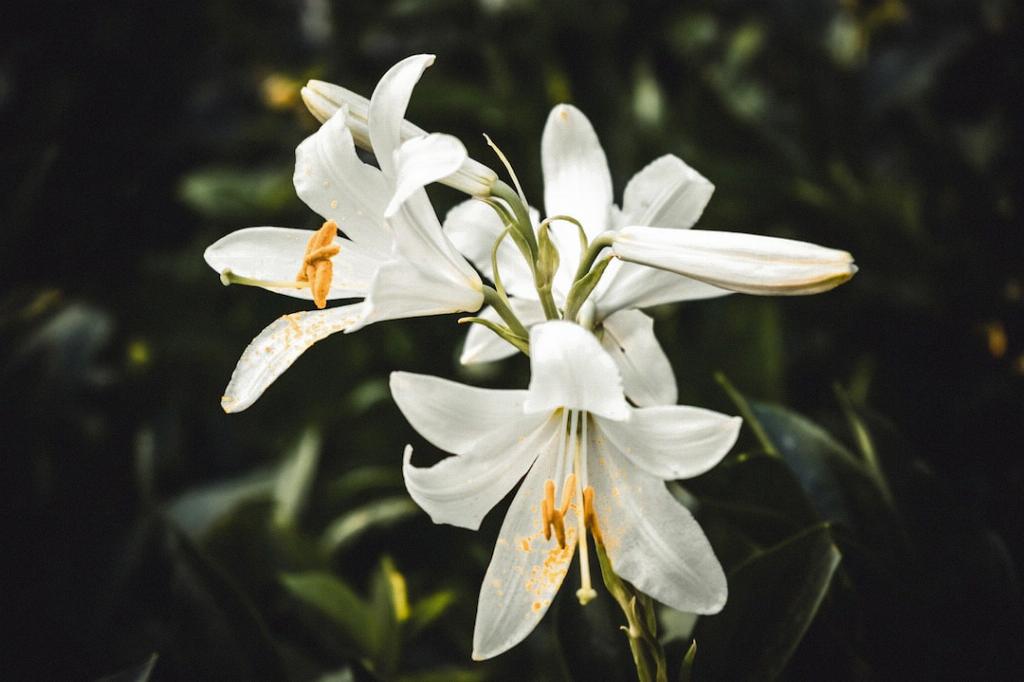When it comes to the question of whether Lily of the Valley (Convallaria majalis) is invasive, it’s essential to consider various factors that contribute to its growth and spread. Native to Eurasia, this delicate yet resilient plant is often cultivated for its fragrant blooms and lush foliage, making it a popular choice for gardens and landscapes. However, despite its charming appearance, Lily of the Valley has the potential to become invasive under certain conditions.
One of the key characteristics of Lily of the Valley that contributes to its invasive potential is its ability to spread rapidly through underground rhizomes. These creeping rootstalks allow the plant to form dense colonies over time, displacing native vegetation and altering the natural balance of ecosystems. The aggressive growth habit of Lily of the Valley can lead to its unchecked expansion in suitable habitats, posing a threat to biodiversity.
Furthermore, the adaptability of Lily of the Valley to a wide range of environmental conditions enhances its invasive capabilities. This plant thrives in shaded areas with moist, well-drained soil, making it especially suited to woodland settings and garden beds. Its tolerance to varying light levels and soil types enables it to outcompete native species and dominate the landscape, potentially disrupting the ecological equilibrium.
Despite its invasive tendencies, Lily of the Valley is not classified as a noxious weed in many regions. This distinction is crucial as it highlights the complex nature of plant invasiveness and the varying degrees of impact that different species can have on their surroundings. While Lily of the Valley may not be as invasive as some notorious plants, its unchecked growth can still have significant consequences for local ecosystems.
Gardeners and land managers should be mindful of the potential for Lily of the Valley to spread rapidly and establish dense populations in suitable habitats. By monitoring its growth and taking proactive measures to control its spread, such as regular thinning and containment within designated areas, the invasive potential of Lily of the Valley can be mitigated to some extent.
It is important to note that the invasive behavior of Lily of the Valley can vary depending on local conditions and environmental factors. In some regions, this plant may be well-behaved and remain relatively contained within garden borders. However, in favorable settings where the plant can establish itself unchecked, it has the potential to pose a threat to native biodiversity.
Efforts to control the spread of Lily of the Valley should be approached with caution, as complete eradication may not always be feasible or desirable. Balancing the preservation of native ecosystems with the cultivation of desirable ornamental plants requires a strategic and nuanced approach that considers the ecological impact of invasive species.
In conclusion, while Lily of the Valley may not be considered a highly invasive plant in some regions, its unchecked growth can still have significant consequences for local ecosystems. Gardeners and land managers should be vigilant in monitoring and managing this plant to prevent its spread beyond desired boundaries and minimize its impact on native flora and fauna.

